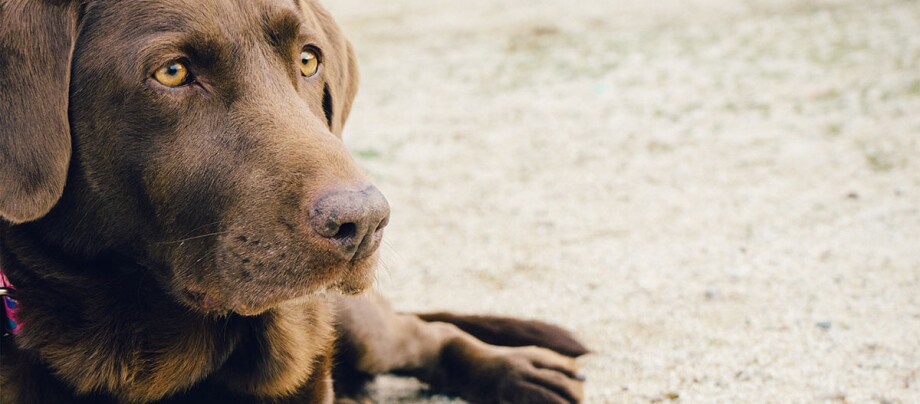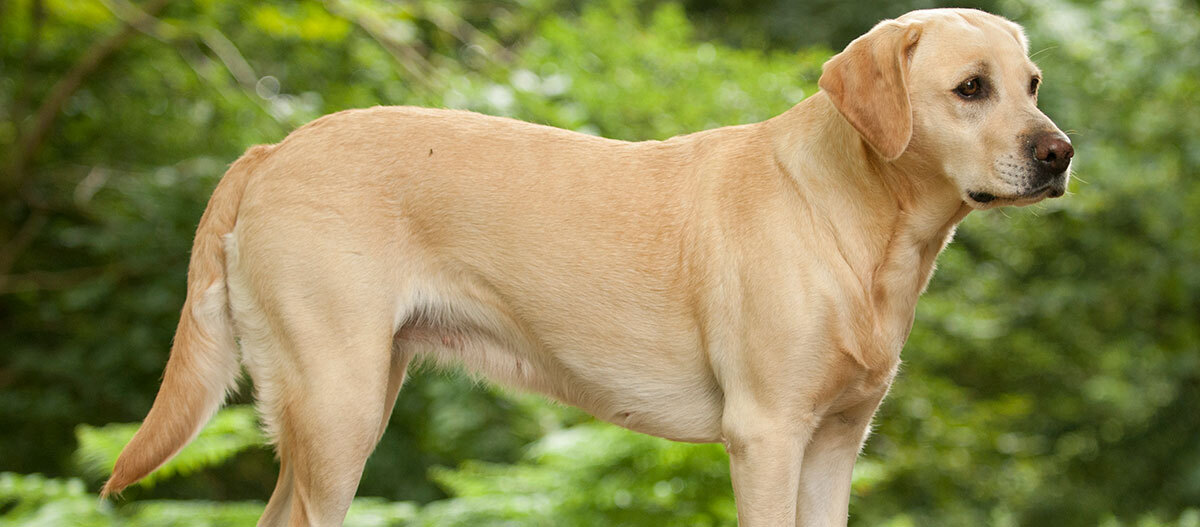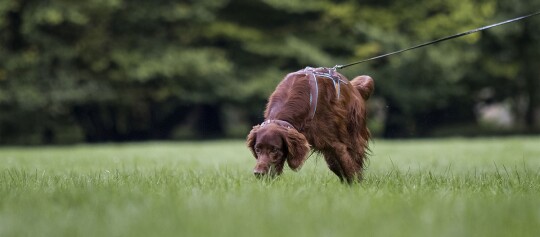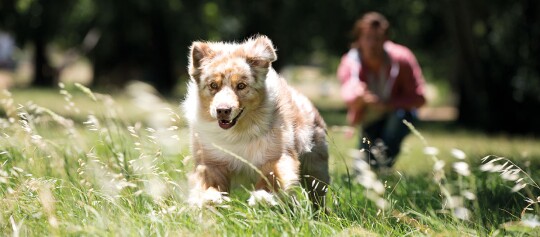Labrador Retriever - a Friendly, Versatile Four-Legged Friend
07.10.2022 - Reading time: 3 minutes

The Labrador Retriever is currently one of the most popular dog breeds. This is not surprising: with its friendly character and docility, this affectionate and vivacious bundle proves to be an exemplary companion. Due to their versatility, Labrador Retrievers are also valued working dogs as guides for the blind, rescue workers and professional sleuths. Let yourself be enchanted by these good-natured and active pets!
From ship dog to family favourite
A direct ancestor of the Labrador Retriever is the Newfoundland Water Dog. This breed in particular was used by British fishermen who worked off Newfoundland about 500 years ago. Without any fear of water, their dogs jumped into the sea to retrieve fishing nets and lines or fish that had fallen out of the nets. They also showed great talent in retrieving hunted water fowl. In the middle of the 19th century, the Newfoundland stars also became known in England. British hunting enthusiasts began to take an interest in the new breed and to breed with it – yet the breed almost became extinct around 1870. In 1903, the Labrador Retriever was finally officially recognised.
Nature of the Labrador Retriever
The intelligent Labrador Retriever is a good-natured, happy dog who is greatly attached to its people. It has an excellent rapport with children in particular. The Labrador Retriever’s nature is sensitive and peaceful. It has a strong urge to please its owner and is happy when it receives praise. The Labrador Retriever is versatile and resilient, and does not lack courage. However, the Labrador Retriever is not suitable as a guard dog or even a protection dog, as it is just as friendly to strangers as it is to its own people and shows little mistrust. Endurance, speed and an excellent nose are further characteristics of this friendly breed. In addition, the Labrador Retriever loves water.
Training and husbandry of the Labrador Retriever
The Labrador Retriever is a very docile dog whose training will be easy for you – even if you don’t have much experience with dogs. With good training, the Labrador Retriever is a very sociable and friendly dog. It is an ideal dog for active owners and sporty families. With too little exercise and activity, it can – like any dog – develop behavioural problems. It wants to let off steam with its family and is well-balanced when it gets plenty of exercise and stimulation. True to its ancestors, it is a fan of extensive retrieving and searching games. Dog sports, tracking and mantrailing are good ways to keep your Labrador Retriever busy. If it also gets frequent opportunities to play in the water, you will have a happy and well-balanced dog at your side.

Labrador Retriever care
As the Labrador Retriever sheds all year round, it needs to be brushed daily. Pay attention to your dog’s diet: Labrador Retrievers are not fussy eaters and easily put on extra pounds, which can then put stress on their joints. As with many large dogs, they have a predisposition to elbow and hip dysplasia. Regardless of their love of swimming, you should avoid bathing your Labrador Retriever whenever possible. Soap-based grooming products destroy the natural protective film on the skin that is typical of the breed.
We have the best products for your Labrador Retriever!
NewsletterLabrador Retrievers
Breed | Labrador Retrievers |
Origin | Great Britain |
Classification | Retrieving dogs, retrievers and water dogs |
Size | Males 56 to 57 cm at shoulder height – females 54 to 56 cm at shoulder height |
Weight | Males 32 to 35 kg – females 27 to 30 kg |
Physique | medium in size, muscular, with prominent skull and broad chest, thick tapering tail at base ("otter tail") |
Eyes | medium sized, brown to hazelnut |
Ears | medium floppy ears |
Coat and colour | Structure short, stocky, with dense undercoat, no feathering; coat colours black, chocolate brown, light beige, chestnut red. |
Special features | "impregnating" protective film on the skin |
Nature | affectionate, good-natured, active, resilient and courageous |
Care | shedding all year round, therefore brush regularly, but do not bathe |
Health | Predisposition to hip and elbow dysplasia, allergies, food intolerance, etc. |

